Mark Your Calendars: The Grand Tourist 2026 Guide to Art and Design Fairs
A great design or art fair sets the tone for the year, defines the conversations, and points to where taste is headed. These are the fairs defining 2026. Save the dates.
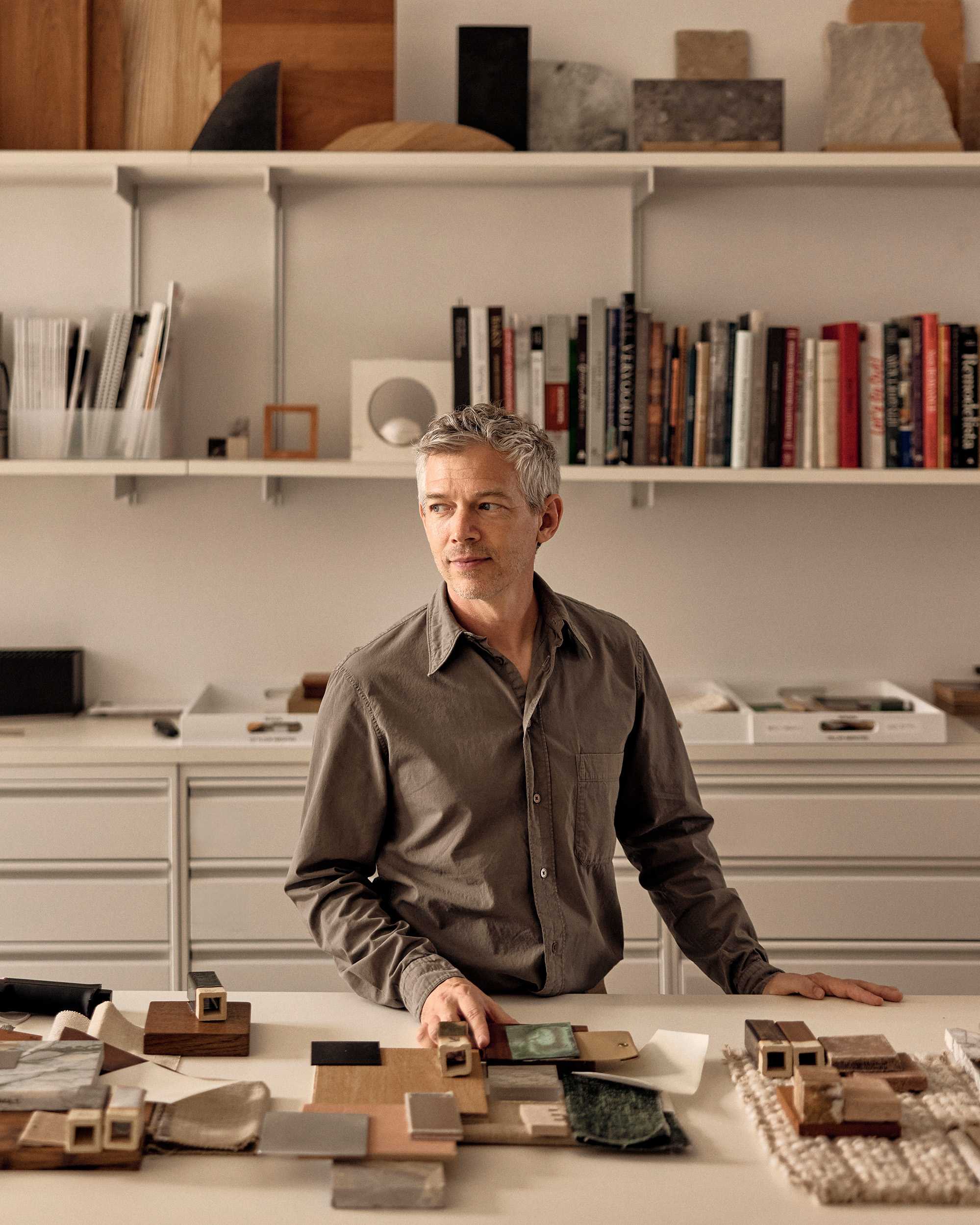
Welcome to The Curator, a newsletter companion to The Grand Tourist with Dan Rubinstein podcast. Sign up to get added to the list. Have news to share? Reach us at hello@thegrandtourist.net.
On this week’s episode of the podcast, we meet architect Frida Escobedo, whose latest project is Bergen, a seven-story, 209,000-square-foot condominium in the Boerum Hill neighborhood of Brooklyn set to be completed next year, developed by Avdoo & Partners. The interiors—including 14,500 square feet of amenities—are by one of the most-referenced firms in the borough, Workstead, which worked with Escobedo to complete the undulating design that weaves indoor-outdoor living with rooftop parks, and all with tons of natural light. Workstead, known for its soothing spaces that have a handcrafted but pared-back appeal, has been on its own upward trajectory as of late: The firm published its second book with Rizzoli, “Workstead: Interiors of Belonging” earlier this year, and its considerable lighting business continues to grow. I checked in with the firm’s creative director for buildings and interiors, Ryan Mahoney, about that evolving sense of what Brooklyn design even is, how the firm works on scales both big and small with incredible consistency, and the recent film he saw that got him inspired. —Dan Rubinstein
Congrats on the Bergen project that you’re doing with architect Frida Escobedo. How’s it coming along? What does it mean to you?
It’s good. Right now it’s a little bit hectic, but most of our work has been done already. We’re just excited to see how things turn out and how the construction is going. It’s so nice that it’s close to home. I live in Bed-Stuy, so it’s not far away. And we’ve done projects in Orem Hill, and all over Brooklyn. It’s nice that we’re doing something in Brooklyn, and something I can walk by on my way to work. That’s great. Also amazing was that it was a project with Frida. When we found out that she was on board, it was really exciting for us.
And in the time that you’ve worked in Brooklyn, how have you noticed that visual culture and design culture evolve? I see you guys as influential in turning the Brooklyn vibe into something truly luxurious.
True, we did come on board when Brooklyn was a brand in and of itself, and it was almost this idea that was being exported around the world, and we were definitely around for that. So it’s complicated, and it’s kind of amazing. I love Brooklyn, but you can get caught in an aesthetic or people can think of you in sort of a one-dimensional way because of that. The bar is continually being raised, I think, for what people are expecting in Brooklyn. For better or worse.
What was your original pitch for Bergen?
People have high expectations. They want something that is going to deliver on the way they want to live. But I still think we really wanted to bring a casual quality to the project, where it really focused on beautiful materials that had sort of a handmade quality that’s tactile, with almost an elemental quality to them. The wood we chose is very warm and hopefully complimentary to what Frida is doing on the exterior. The stones are not flashy or slick. The stones we’re using have a more handmade quality to them, as well as the tiles that we’re using in the bathrooms.
You do private residential work, too, so what are clients coming to you for today? What does Workstead do really well?
I think there’s a warmth and a grounding that all of our projects have, and they feel like they’ve been crafted in a certain way that gives them a little more depth, I’m hoping, which people are looking for, and also hopefully a longevity. We’re looking for things that are going to be around for a while, that aren’t super trendy, and we’re focusing on beautiful materials.
While you do large-scale projects like Bergen, you also do residential ones like the Ingleside residence, which is essentially a country cottage with Shaker-like antiques and early American furniture. What’s the Workstead creative process that allows you guys to do both?
There’s a thread throughout all of the projects and hopefully a sensibility. Each project we really take on its own, and there’s a process that we go through for each project, but hopefully the result is unique. We really look to have an interesting conversation between old things and new things and millwork we are creating versus vintage pieces we’re buying or things that we’re being inspired by, for instance, an existing building or even existing vintage furniture. A lot of times we’re looking at those references to create something new.
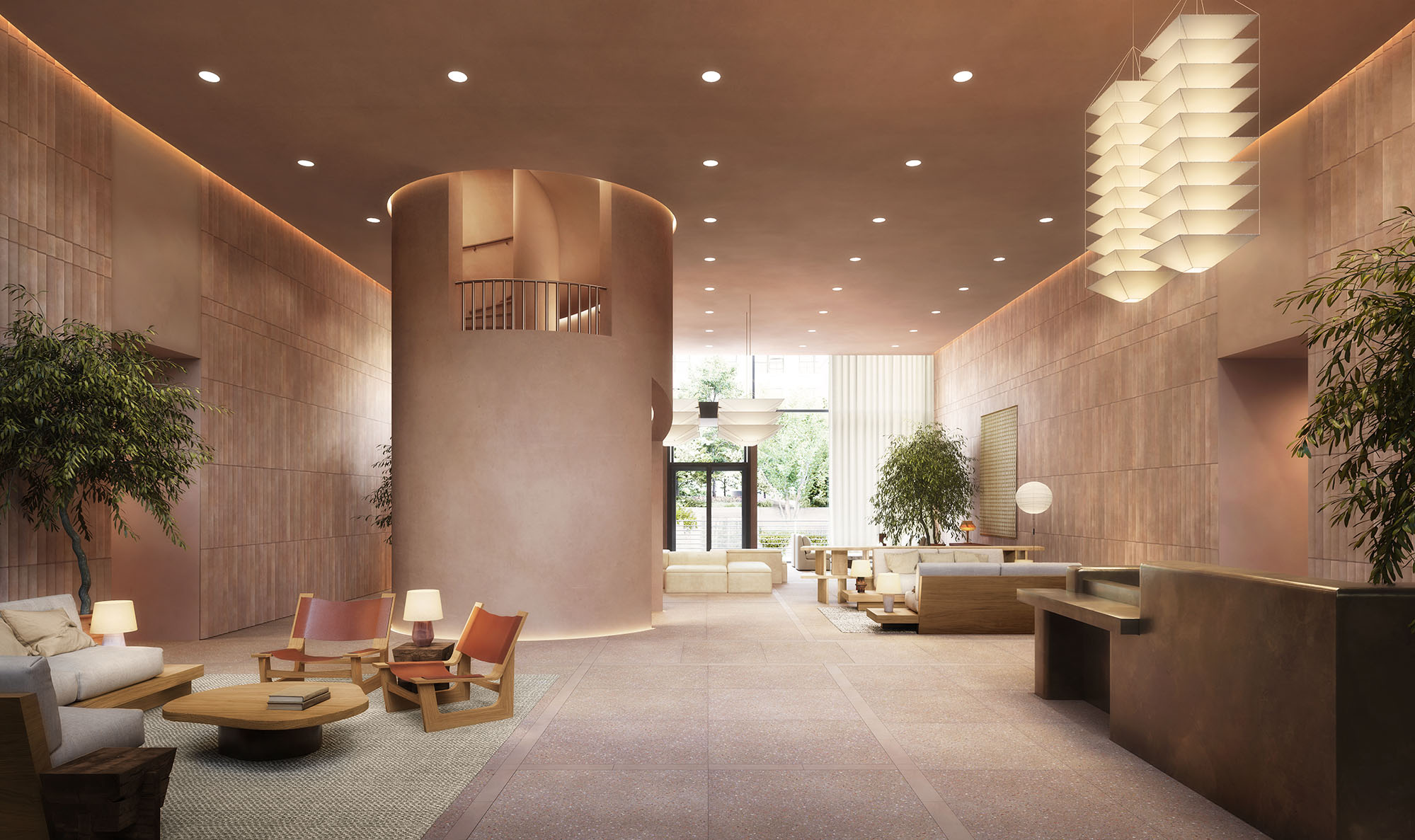
And with these highly considered residential projects you do, what would your advice be to anyone attempting to pull that off on their own?
Know who’s making something for you, what their capabilities are, and then work within those boundaries. I think that helps. There’s so much creativity that can go on, and sometimes it’s nice to have some boundaries, especially with how things can be executed. So find your craftsmen first before committing to any design.
What’s next for you guys?
Funny enough, I was just talking about this with our managing director. We’re trying to plan for next year, and we love the diversity of projects we have, and I think it keeps it interesting. We’re working on a hotel in Charlotte, which is going to be a great project. We have a tiny postage-stamp-sized bar that we’re wrapping up in the West Village, and that’s fun. It’s like three rooms that are connected, and each is a little jewel box, so that was really fun to work on. And then we have some great residential projects we’re working on, too. And we’re wrapping up this beautiful home in Germantown that’s a stone addition to a farmhouse.
Favorite movie you’ve seen recently that you think inspired you visually?
The recent film “The Taste of Things” with Juliette Binoche is an inspiration to me. I’m not saying it has directly influenced our designs, but I do think it touches on many ideas we often think about in the studio. The movie is visually beautiful, and many of the ideas within the movie seem to apply. The architecture and interiors are like another character in the story and speak to the idea of beauty and necessity. Time also plays an important role in the movie, as an idea, but it’s also evident in the materials—the gorgeous farmhouse table with solid wide boards showing their history, the weighty cast-iron equipment, the patina of the stone floor, and so on. The materials become more beautiful over time.
This project being in Brooklyn, do you have maybe three great places that you love?
Atlantic Avenue has some great spots walking from Barclays toward the water. The Primary Essentials has been a go-to for many years. The owner, Lauren Snyder, has a great eye for new home accessories—especially ceramics! We often shop there for the final touches. There used to be a bunch of antiques shops along Atlantic, but Horseman Antiques is a staple. I often find myself wandering in and finding some vintage pieces with inspiring detailing. Assembly Line is run by colleagues at General Assembly. They have a great selection of furniture and home accessories. I also recently discovered Antik. It’s a small shop with lovely hand-selected vintage finds. I believe it’s also run by colleagues, Chused & Co.
And when Bergen is completed, what are you most looking forward to seeing in the flesh?
Oh wow. I’m most curious about this central volume that was created. It’s this very large central volume with three levels and totally sees through the block. It’ll be quite unique and special.
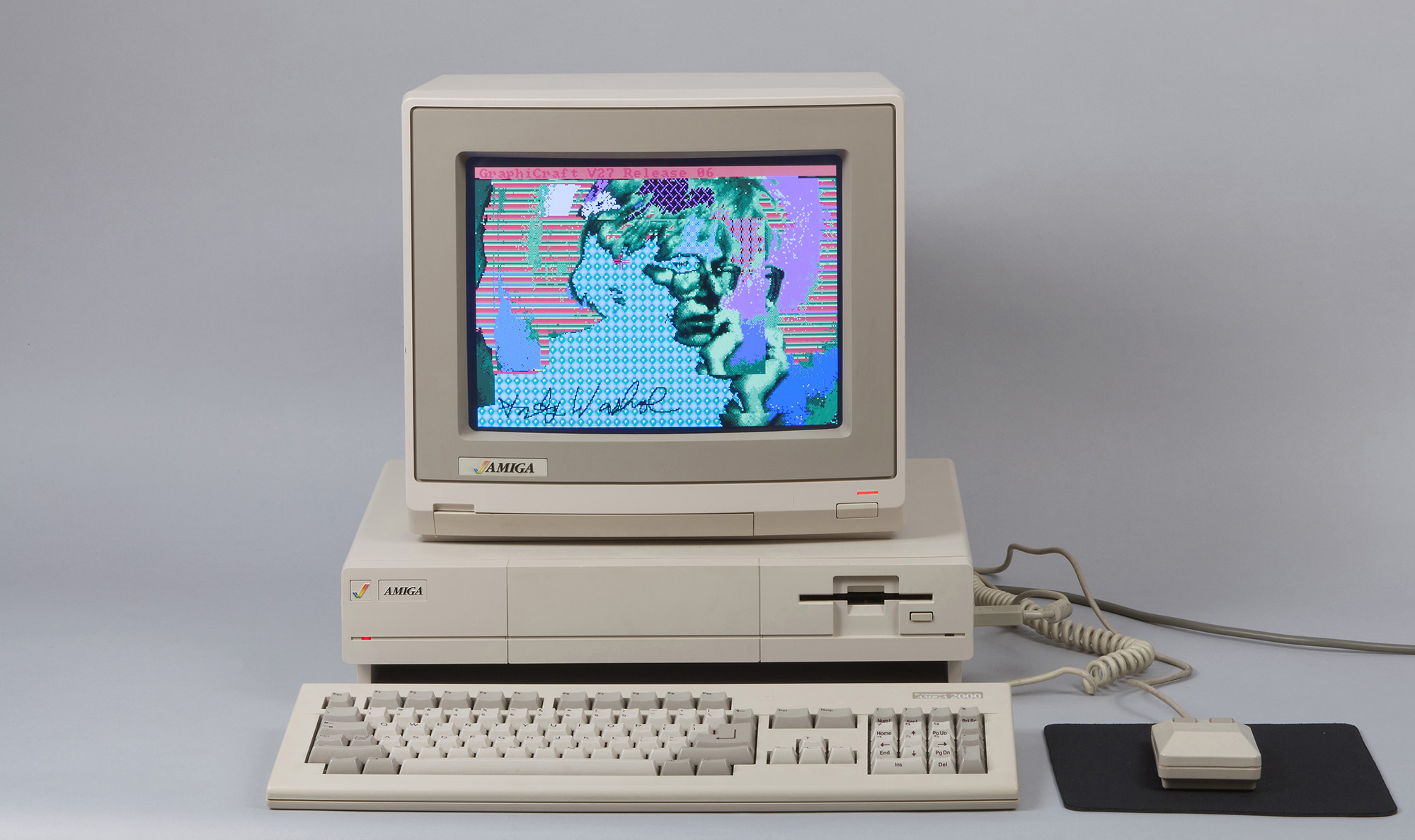
The History of French Silverware; Islamic Art’s Influence on British Interiors; an Embrace of Imperfections; and the Latest Must-See Exhibitions
London, “Lubaina Himid: Barricades” (Until Dec. 20)
In 2017, Lubaina Himid won the Turner Prize, becoming the first Black woman and, at 63, the oldest to receive the prestigious British art award. Born in Zanzibar off the east coast of Africa, Himid immigrated to England as an infant. In the ’80s, the painter garnered fame as one of the first pioneers of the UK’s Black Arts movement. In her ongoing series “Men in Drawers,” Himid transforms mundane furniture with vivid portraits of Black men. “I want that feeling of other lives residing in that ordinary thing,” she explains. This show in London presents her newest works on wooden drawers, doors, a table, a shelf, and a pair of oars, alongside her abstract work. hollybushgardens.co.uk
London, “William Morris & Art from the Islamic World” (Until March 9)
A textile designer, poet, artist, writer and socialist activist, William Morris was a vigorous influence in 19th-century British culture. The polymath was better known as a poet during his career, but his design work has left a defining impression on the look of British interiors. Some of his most ubiquitous floral patterns were directly inspired by Islamic textiles, a major inspiration for Morris. The designer’s collection of Islamic art—Ottoman velvet, Turkish Iznik ceramics, Syrian metalwork, and Iranian manuscripts—is presented alongside his work, in the first exhibition to do so. wmgallery.org.uk
New York, “Golden Veins: The Art of Kintsugi and Transformation” (Opens Nov. 14)
Kintsugi, the Japanese art of repairing broken pottery, accentuates the cracks with gold. The aesthetic became so popular in the late 15th century that precious pottery was sometimes smashed on purpose to be put back together. Today, the tradition has become a metaphor for resilience and imperfect beauty. This exhibition presents ceramics, prints, sculpture, mixed media, photography, and performance that express the spirit of kintsugi, from Rachel Sussman’s photographs of golden sidewalk cracks to Theaster Gates’ ceramics, and limited-edition prints of Louise Bourgeois’ “La Réparation.” alisonbradleyprojects.com
Paris, “Christofle: A Brilliant Story” (Opens Nov. 14)
Charles Christofle, from a lineage of Parisian metalworkers, assumed his family business in 1830 and went on to transform the manufacturing of silverware. In the mid-1800s, the company’s customers included King Louis-Philippe, Napoleon (who ordered a 4,000-piece dinner service), and foreign sovereigns like the Russian tsar and Emperor Maximilian of Mexico. Under his nephew Henri Bouilhet, the house became one of France’s major goldsmiths, making silverware cheaper and more accessible with electroplating. With nearly 1,000 pieces of silverware, decorative objects, paintings, drawings, and posters, this exhibition showcases the expertise of Christofle, synonymous with luxe French taste. madparis.fr
Chicago, “The Living End: Painting and Other Technologies, 1970–2020” (Until March 23)
It’s been 64,000 years since humans started painting on cave walls, and somehow we have not yet tired of the medium. Today, painting reckons with the advent of social media and AI, just like it did with cameras and computers. Bringing together paintings, videos, and performance art by 60 radical artists—including Andy Warhol, John Baldessari, and Sarah Sze—from the past 50 years, this exhibition follows the trajectory of the medium’s evolution, perhaps offering a glimpse into its future. mcachicago.org —Vasilisa Ioukhnovets

A great design or art fair sets the tone for the year, defines the conversations, and points to where taste is headed. These are the fairs defining 2026. Save the dates.
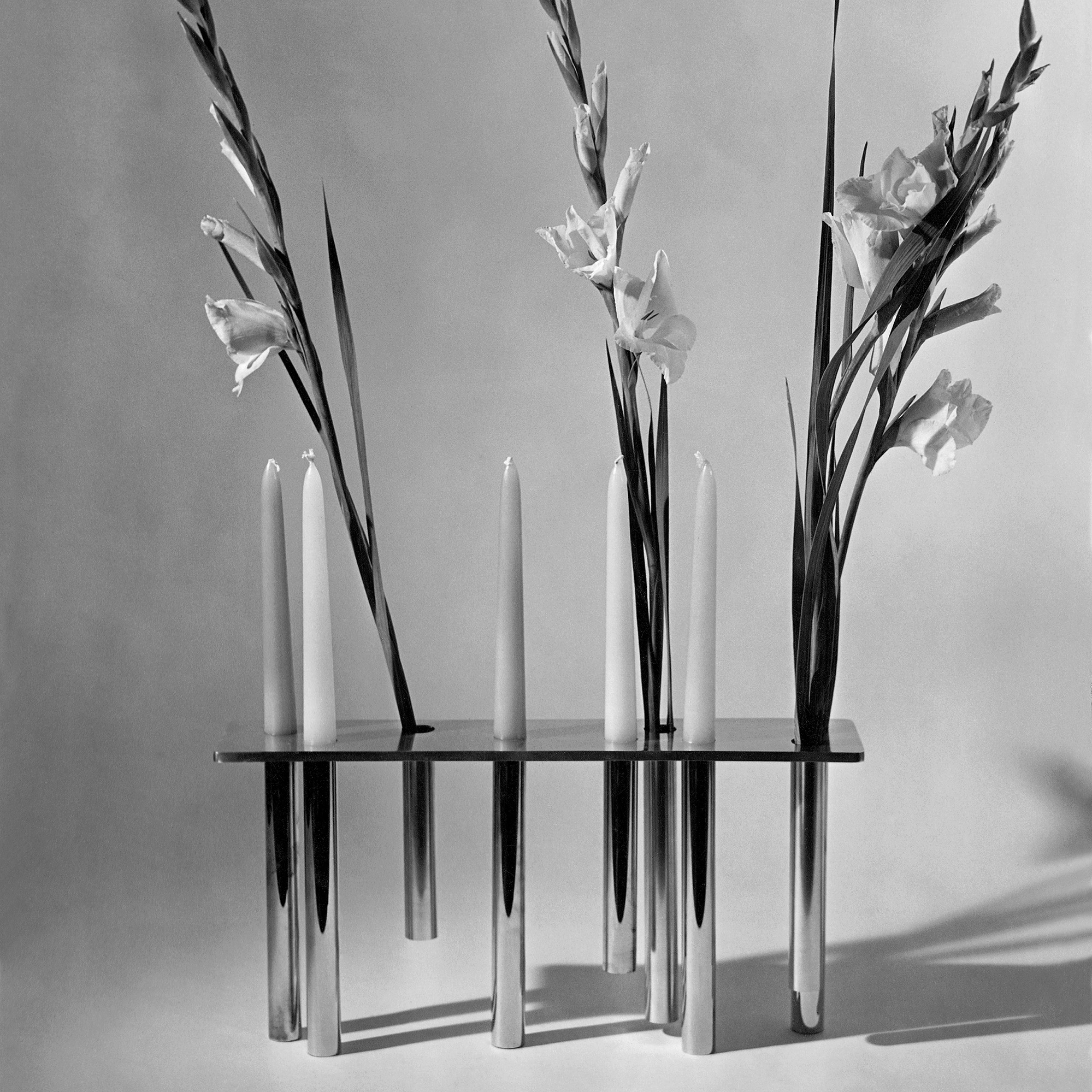
We assembled our favorite design objects for the people on your list that have everything, including taste.
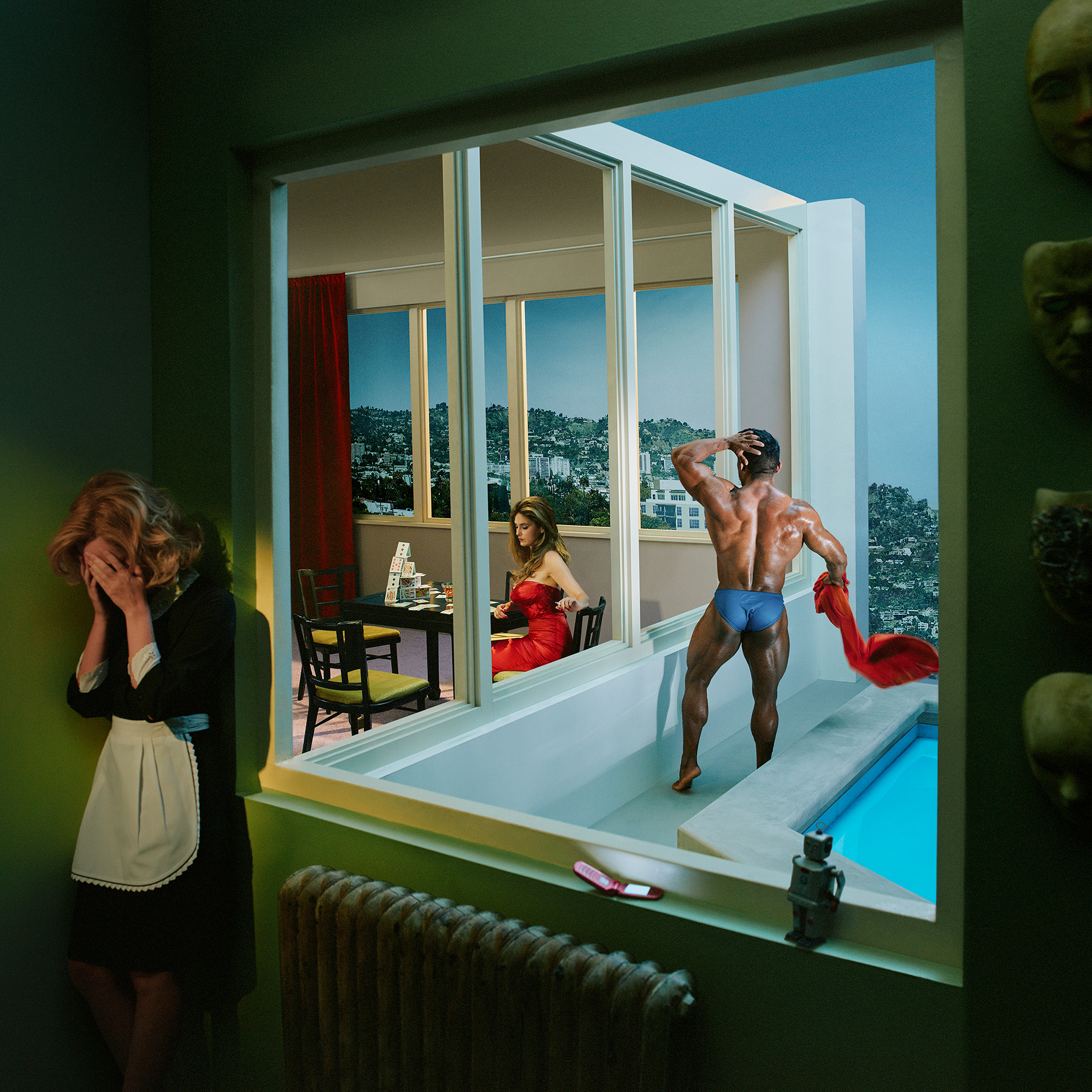
We checked in with our former podcast guests who will be inching through Miami traffic, unveiling new works, signing books and revealing new projects this year.